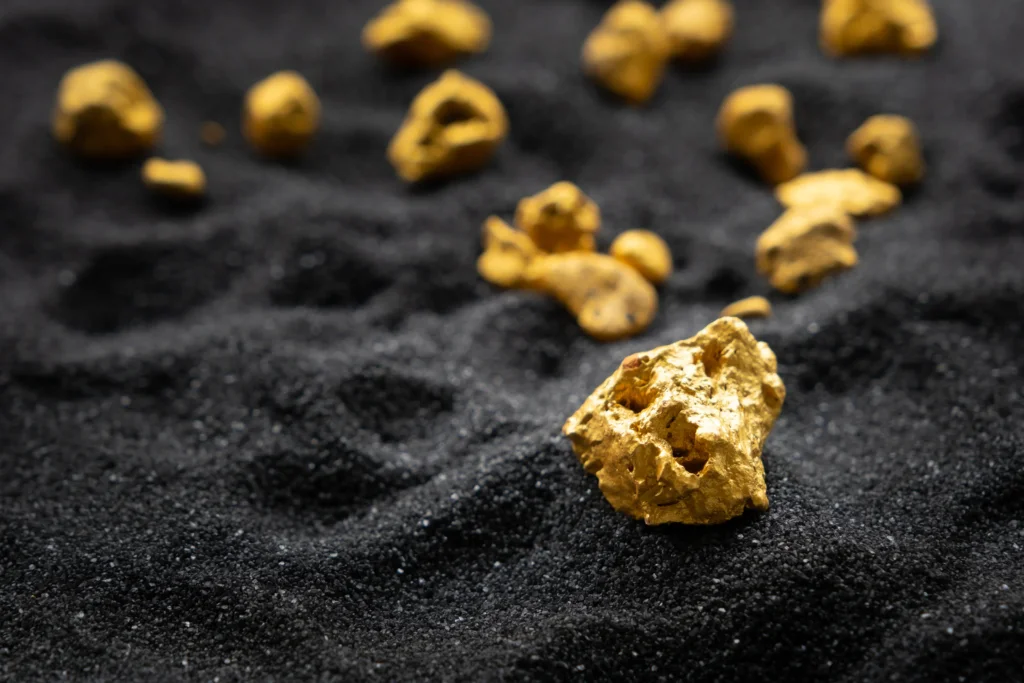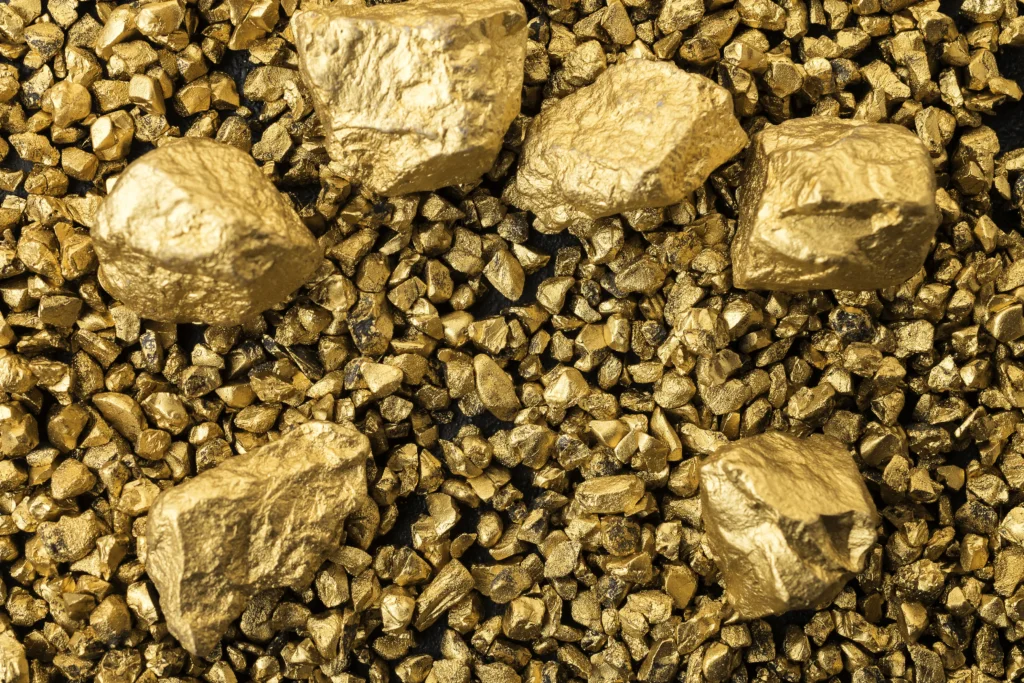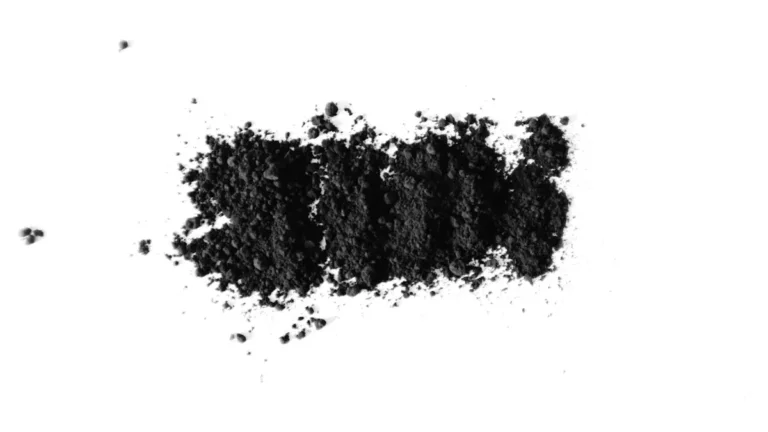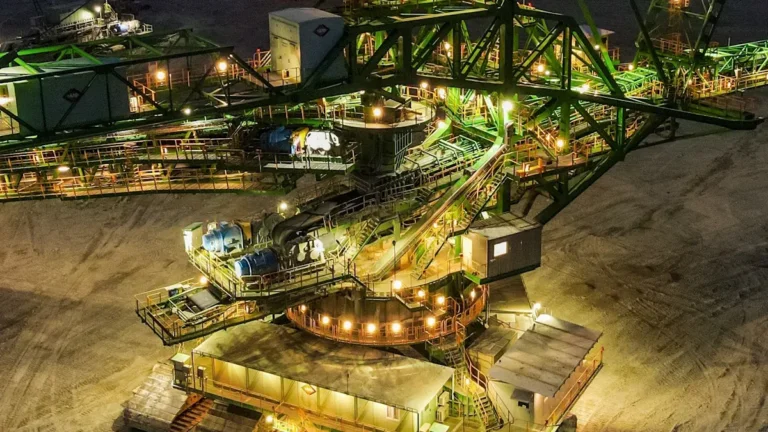用于黄金回收的活性炭
.webp)
Buy Gold Recovery Activated Carbon
行业挑战
Adsorptive Selectivity Difficulties
- Activated carbon does not adsorb gold solely but rather has competition from other metal cyanide complexes (e.g. copper, nickel) which affect the gold recovery.
- Organic sorption contaminants like humic acids further affect the selectivity of the carbon-supported composite materials.
Carbon Fouling / Deactivation
- Pore blockage can be from inorganic precipitates (e.g. calcium carbonate, silica) and from organic volatiles (e.g. oils, floculants).
- Mechanical agitation causes carbon erosion via attrition, and all mechanical erosion or attrition losses carbon.
再生限制
- Through thermal reactivation, activated carbons have limits to their capacity to adsorb.
- The process of thermal reactivation can create damage to the carbon's pore structure that is irreversible, and can damage carbons to unusable condition.
- The chemical process to strip valuable metals from carbon will create new aqueous waste streams that require treatment.
Processing Time Limitations
- The kinetics of adsorption are relatively slow and lead to increased retention times in both CIP/CIL circuits.
- In heap leach/CIC applications, channeling developes during carbon column feed(ing) with varying flow paths and a drop in recovery.
相关类型的活性炭
-r8fslg51nt6wgjtvh6yldxb1gtkgm3lpe0oq1akgog.webp)
- 碘值: 600-1200
- 网眼尺寸:1×4/4×8/8×16/8×30/12×40/20×40/20×50/30×60/40×70(可根据要求提供更多尺寸)
- 表观密度400-700
为什么使用我们的活性炭

Enhanced Gold Selectivity:
Our specialized pore structure preferentially adsorbs gold-cyanide complexes over competing metal contaminants.

Superior Mechanical Durability:
High resistance to attrition minimizes carbon fragmentation during aggressive agitation processes.

Optimized Regeneration Performance:
Maintains consistent adsorption capacity through multiple thermal reactivation cycles.

Reduced Fouling Susceptibility:
Surface-modified carbon resists pore blockage from inorganic scales and organic impurities.
工艺与技术
1. Carbon in Pulp (CIP)
解决方案概述
Gold-cyanide solution from leached ore slurry contacts activated carbon in sequential adsorption tanks, where gold selectively loads onto carbon particles.

主要优势
- Enables counter-current flow configuration for optimized gold recovery
- Allows separate optimization of leaching and adsorption stages
- Reduces gold losses through efficient solid-liquid separation
- Minimizes carbon handling in aggressive leaching environments
2. Carbon in Leach (CIL)
解决方案概述
Simultaneous leaching and adsorption occur in the same reactor tanks, with activated carbon added directly to the leaching slurry.

主要优势
- Integrates leaching and adsorption into single-stage operation
- Accelerates overall process kinetics through continuous gold removal
- Prevents gold re-precipitation by immediate adsorption
- Simplifies plant design with reduced tank requirements
3. Heap Leaching with Carbon in Columns (CIC)
解决方案概述
Pregnant solution from ore heaps percolates through fixed-bed columns packed with activated carbon for gold adsorption.

主要优势
- Handles low-grade solutions effectively through passive flow design
- Adapts to variable flow rates and solution volumes
- Eliminates mechanical agitation for reduced carbon attrition
- Facilitates simple carbon transfer for elution cycles
4. Carbon in Conduit / Fluidized Bed Systems
解决方案概述
Activated carbon moves counter-currently to gold-bearing solution in inclined channels or fluidized columns.

主要优势
- Enhances mass transfer efficiency through turbulent flow regimes
- Enhances mass transfer efficiency through turbulent flow regimes
- - Allows continuous carbon loading without process interruption
- - Minimizes channeling effects common in static columns

-r8fsli0q1h9h3rr567ruiwtynlb71ht629zozuhoc0.webp)
-r8fslbfupn0gui0p8mxgjghqhw7mjm31pdfamwrfjk.webp)
-r8fsle9da54btbwls65c8xs4a1tq6pe8prdr2qn90w.webp)









